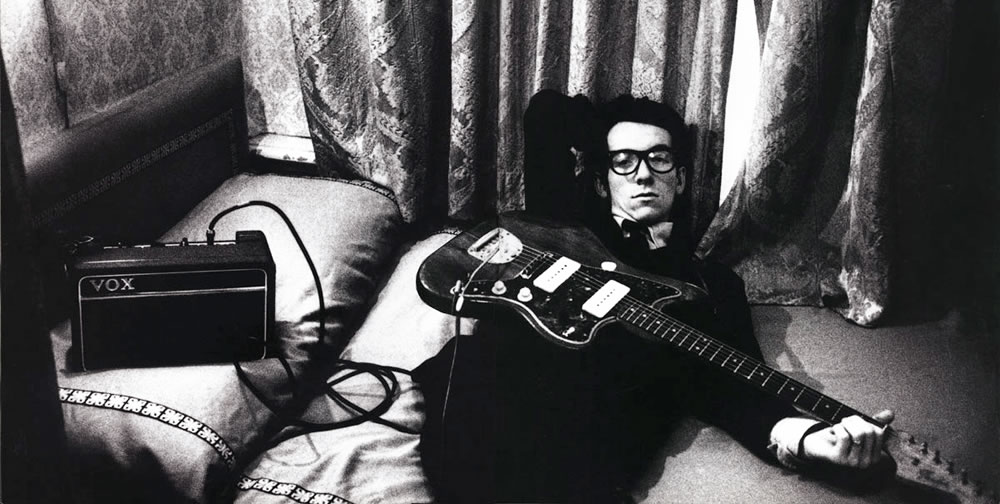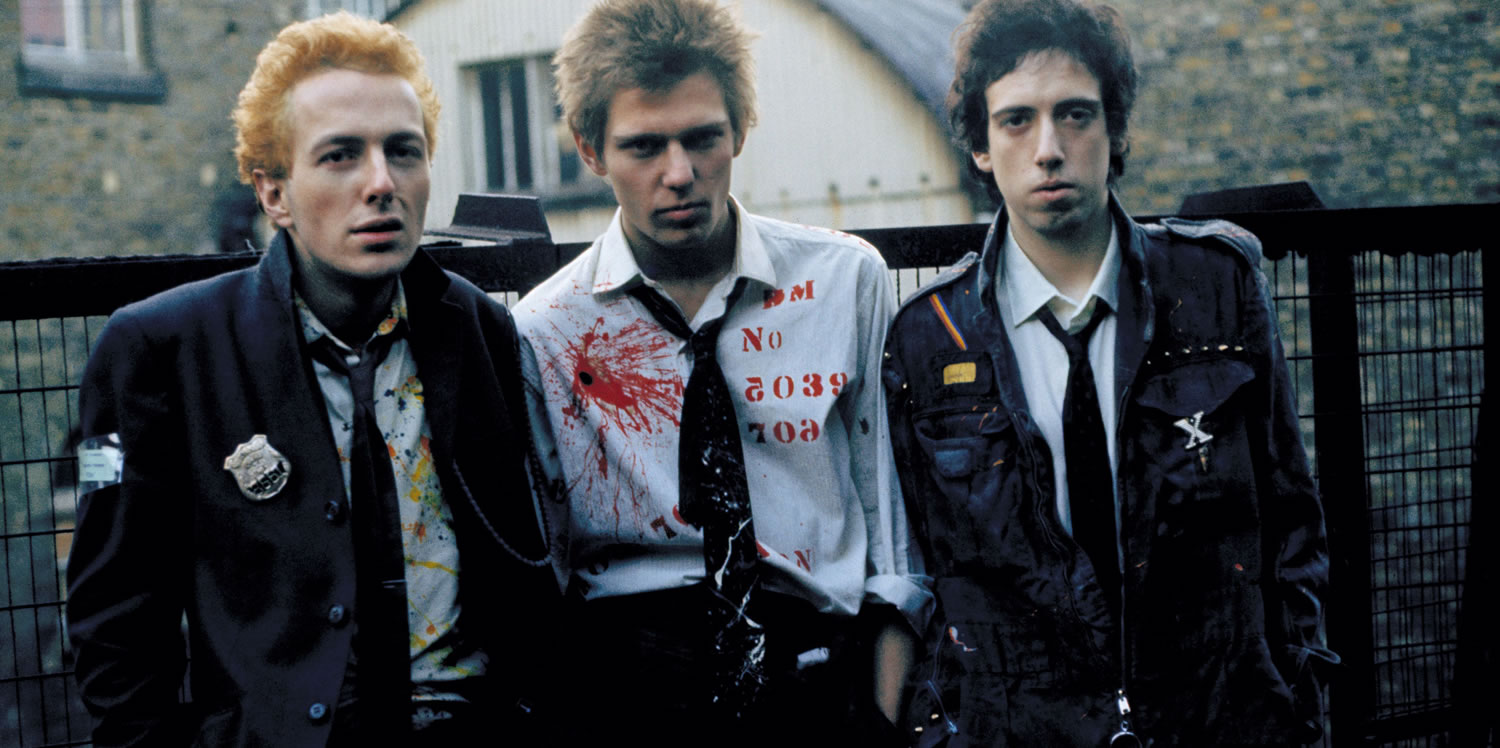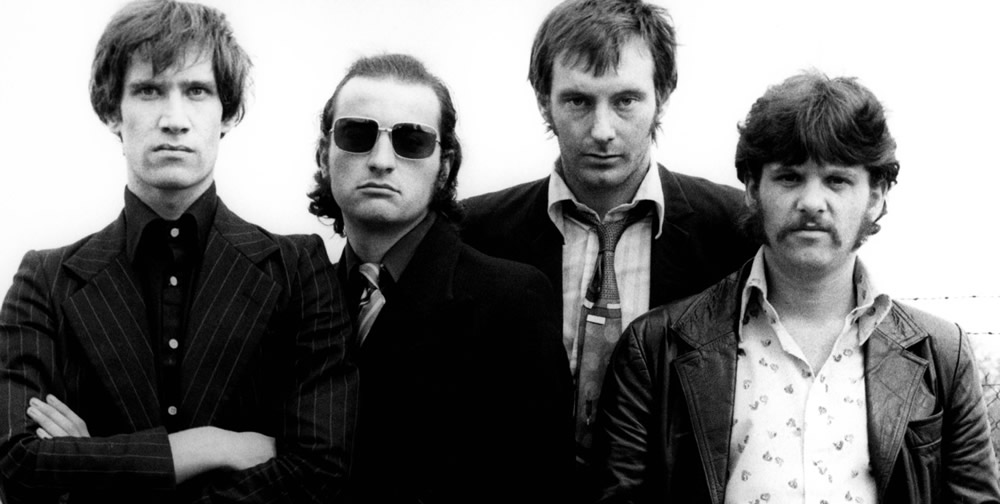(#7 in a series of 10 albums that shaped my musical taste)
Punk didn’t really hit the English northern industrial city of Sheffield as hard as it did elsewhere. “Rebel? What against? I’ve been doing it all my life, mate, every day. I work hard, I play hard and I’m nobody’s fool. There’s only one person in this world who looks after me.. and that’s me. Spotty London w*nkers with cheap guitars? What do I have to listen to that racket for? I want something a bit more glamorous, mate, something that takes me away from grey skies and the noise and heat of the steel furnace, takes me to a different place. Get away from it all, like. Dream a bit.”
1980 – The Human League had come to a grinding halt. A couple of albums of austere arty electronic noise, some critical acclaim but also a fair amount of ridicule from the mainstream, they stalled, unsure of a direction. At a time when virtually anybody with a synthesiser could get a hit (Numan, Foxx, OMD, Ultravox, Visage..) the League couldn’t get past first base.
The major players split. Ian Craig Marsh and Martyn Ware (perceived as the creative core of the League) went to pursue their electronic music ideal. Singer Phil Oakey, and director of visuals Philip Adrian Wright wanted to move in a purer pop direction, but how? Less than half a band, a tour looming, promoters insistent..
Down the Crazy Daisy one night, Oakey saw what he thought might be the League’s salvation. Two teenage girls on a night out, happy, dancing, they looked good together.. Phil took a deep breath and invited them to join the band and tour. Complemented by local musician Ian Burden covering on a variety of keyboards, the second line up of the League took its first few faltering steps.
1981 – New boy Jo Callis knew the value of a good tune, veteran producer Martin Rushent knew how to arrange. The League were a band. The accent was on songs, not style, and finding their soul, they produced one of the most extraordinary albums of the 80s in Dare. Rushent pulled all the strands together: listen to the album today, pick on any stray squiggle or bleep from the electronics, and it works in isolation as a hook, as music. As pop.
Three UK top 20 singles released before the album. The totally bonkers weeping and wailing of ‘Sound Of The Crowd’, the insistent miaow of the opening bars of ‘Love Action’. A semi-autobiographical song about relationships with an irresistible pulse beat? Made for the charts, just made for them. And the teaser for ‘Dare’ in the dreamboat chorus of ‘Open Your Heart’ – a ‘Blue’ song, for Abba fans (according to Phil – ‘Red’ songs were for Spandau Ballet fans).
Then the album, plus a massive hit and Christmas #1, no less, in the days when that actually meant something. ‘Don’t You Want Me’ racked up sales of more than a million, with its classic noir promo. Everyday girls, Joanne and Suzanne, not superstars. Top Shop and Woolworths. Roxy Music and Donna Summer. Dance round your handbag, get off your face on Southern Comfort and lemonade, and have a major hit record.
You can’t ignore the power of popular music. Not when it’s as completely lovable as this.
P.S. Part 8 of The Sacred Days You Gave Me: 1984
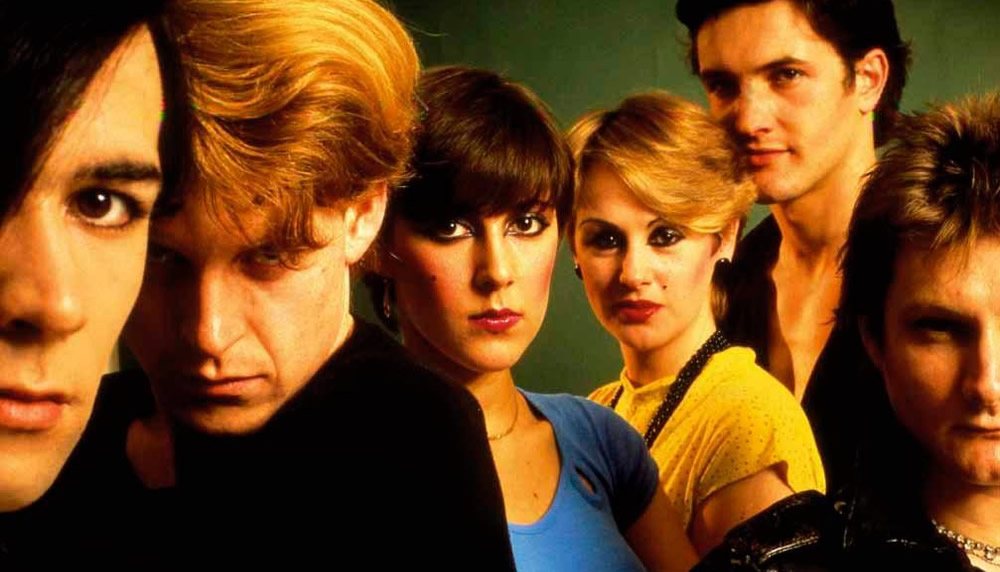
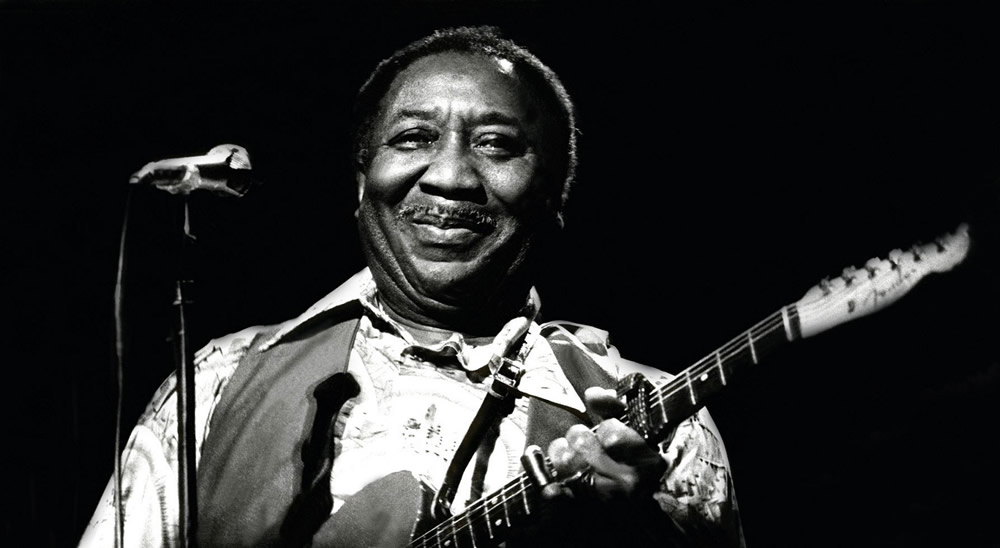
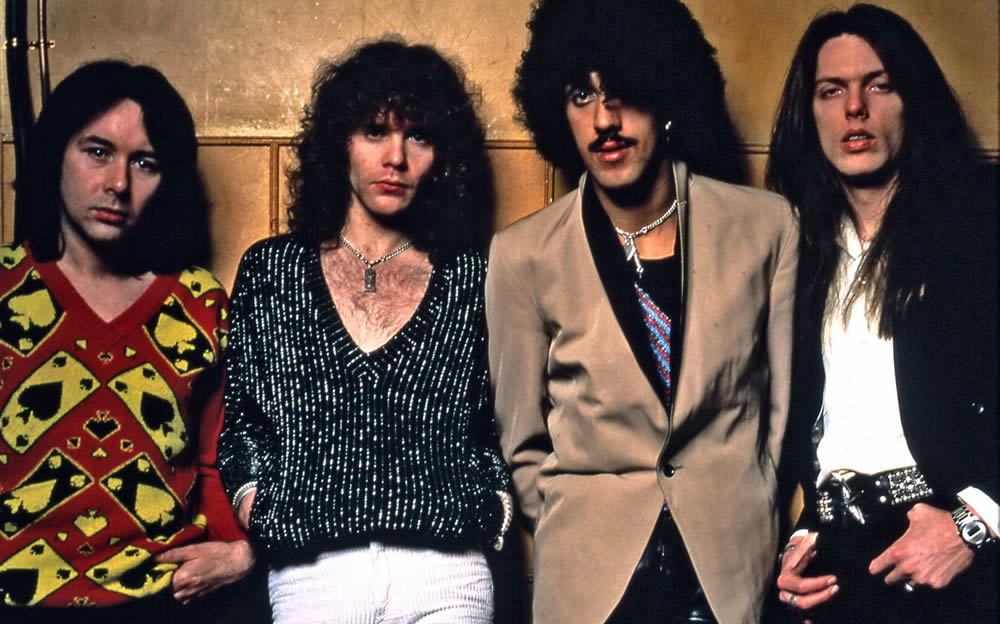
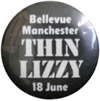 The King’s Hall, Belle Vue, Manchester, the tour of the live album – 30 years on, I still remember the lights going down, sirens and red police car lights atop Downey’s drum riser, the stage fills with smoke.. Lynott steps through it on the opening chord of Jailbreak, raises his arm, and instantly my friends and I are just lost in the wonder of our first big gig. Christine and I still have our memories: I don’t know where Jon is these days but I’m sure he won’t have forgotten that night either.
The King’s Hall, Belle Vue, Manchester, the tour of the live album – 30 years on, I still remember the lights going down, sirens and red police car lights atop Downey’s drum riser, the stage fills with smoke.. Lynott steps through it on the opening chord of Jailbreak, raises his arm, and instantly my friends and I are just lost in the wonder of our first big gig. Christine and I still have our memories: I don’t know where Jon is these days but I’m sure he won’t have forgotten that night either.